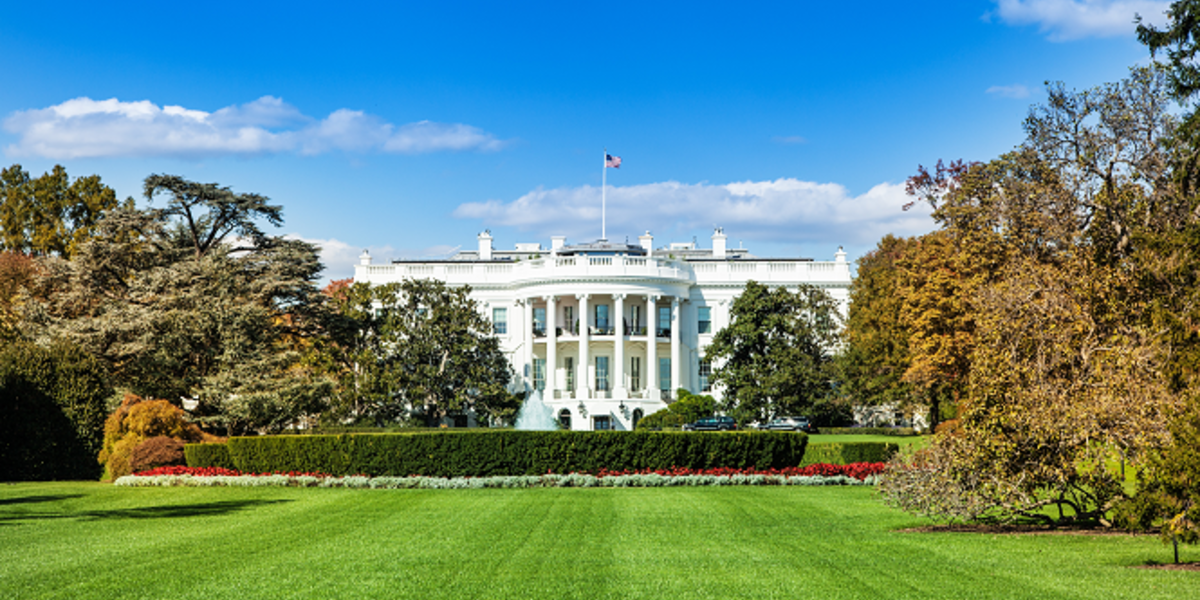Looking Back on the Energy Efficiency Policy Legacy of George H.W. Bush
Let's Save Energy
Alliance to Save Energy's Blog
Looking Back on the Energy Efficiency Policy Legacy of George H.W. Bush

In light of the recent passing of former President George H. W. Bush (1924-2018), we want to take a moment and reflect specifically on energy efficiency policy from his term in office (1989-1993). In particular, two pieces of legislation he signed into law have had long-lasting and positive effects on federal energy efficiency policy: the Clean Air Act Amendments of 1990 and the Energy Policy Act of 1992.
Creation of the ENERGY STAR program
Perhaps President Bush’s most notable environmental legislation, the Clean Air Act Amendments of 1990 are often cited for their mitigation of acid rain. Committed to addressing this environmental issue, which captured the public’s attention, President Bush proposed legislation that used market-based approaches such as an emissions cap-and-trade program and performance standards to curb a host of air pollutants that sicken Americans and harm our environment. Both chambers of Congress approved the legislation with strong bipartisan support (401-21 in the House and 89-11 in the Senate).
In addition to reducing emissions nationwide, the amendments also added section 103(g) to the Clean Air Act, which served as the enabling statue for the establishment of the ENERGY STAR program by the Environmental Protection Agency (EPA). ENERGY STAR is a voluntary program for certifying energy-efficient products and buildings, saving businesses and households money and reducing greenhouse gas emissions. Founded in 1992 under the leadership of EPA Administrator William Reilly, ENERGY STAR has since provided more than $450 billion in savings and trimmed electricity use by more than 3.5 trillion kilowatt-hours. Today, more than 25 years later, ENERGY STAR enjoys brand awareness of over 90 percent and provides valuable information to consumers and businesses that help them choose energy efficiency when making purchases.
Passage of the Energy Policy Act of 1992
The Energy Policy Act of 1992 laid the groundwork for much of the energy efficiency policy work we engage in today. The president had directed the Department of Energy to develop a National Energy Strategy, which resulted in a supply-side approach focused on increasing oil, natural gas, and nuclear power production, as well as expanding oil and gas exploration. The Bush administration presented its proposal to Congress to serve as a blueprint for energy legislation. Debate over energy policy extended through 1992, which culminated in the passing of the Energy Policy Act. When he signed the bill into law, President Bush stated that it would “place America upon a clear path toward a more prosperous, energy efficient, environmentally sensitive, and economically secure future.”
Significantly different from the initial proposal, the enacted bill received overwhelming bipartisan support in both the Senate (93-3) and the House (363-60). Spanning more than 300 pages, the law included numerous provisions supporting greater energy efficiency across the United States. Specifically, it expanded appliance and equipment efficiency standards and helped spur the advancement of residential and commercial building energy codes. It also established research and development programs for on- and off-grid renewables, fuel cells, and heat engines; created grant programs to improve federal building efficiency; and created incentives to encourage adoption of energy efficiency technologies as well as electric vehicles.
Energy Efficiency Progress From a More Bipartisan Era
As the energy efficiency sector continues to progress today, it’s valuable to recognize how policies have boosted U.S. energy productivity over the years. The energy efficiency policies in the 1990 and 1992 laws were crafted and passed with strong bipartisan support during a time of divided government, and are now an important part of President Bush’s legacy.
RECENT BLOG POSTS
STAY EMPOWERED
Help the Alliance advocate for policies to use energy more efficiently – supporting job creation, reduced emissions, and lower costs. Contact your member of Congress.
Energy efficiency is smart, nonpartisan, and practical. So are we. Our strength comes from an unparalleled group of Alliance Associates working collaboratively under the Alliance umbrella to pave the way for energy efficiency gains.
The power of efficiency is in your hands. Supporting the Alliance means supporting a vision for using energy more productively to achieve economic growth, a cleaner environment, and greater energy security, affordability, and reliability.



